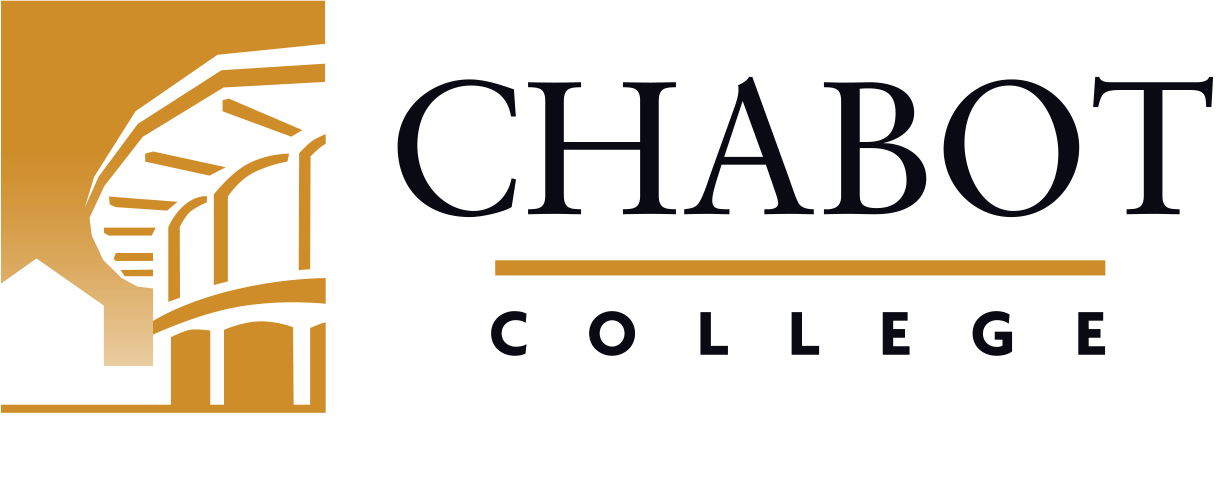
Course Outline for Art 2A
Introduction to Drawing
Effective: Fall 2016
SLO Rev: 05/19/2016
SLO Rev: 05/19/2016
Catalog Description:
ART 2A - Introduction to Drawing
3.00 Units
This course provides direct experience in exploring basic drawing concepts, including the expressive use of contour, value, perspective and composition while using a variety of media. Assigned projects may include still life, landscape, portraiture and figure. Focus on perceptually based drawing, observational skills, technical abilities, and creative responses to materials and subject matter.
Optional
| Type | Units | Inside of Class Hours | Outside of Class Hours | Total Student Learning Hours |
|---|---|---|---|---|
| Lecture | 2.00 | 36.00 | 72.00 | 108.00 |
| Laboratory | 1.00 | 72.00 | 0.00 | 72.00 |
| Total | 3.00 | 108.00 | 72.00 | 180.00 |
Measurable Objectives:
Upon completion of this course, the student should be able to:
- observe and accurately render three-dimensional objects on a two-dimensional surface;
- examine and describe historical and contemporary developments, trends, materials, and approaches in drawing.
- evaluate and critique class projects using relevant terminology in oral or written formats;
- develop expressive content through manipulation of line, form, value, and composition;
- create drawings that demonstrate the basic principles of spatial illusion through the application of linear, atmospheric, and other perspective systems;
- utilize a variety of lines and mark making in drawing;
- organize spaces and objects within a drawing according to basic principles of design and composition;
- accurately describe forms and space through gradations of value;
- utilize and apply a wide range of drawing materials and techniques.
Course Content:
Course Content (Lecture)
- The development of hand-eye coordination through practice.
- The application of basic elements:
- line
- shape
- value
- contrast
- texture
- space
- Terminology:
- basic elements
- composition
- form
- perspective
- foreground, middleground and background
- Unity and variety arrived at through:
- balance
- rhythm
- emphasis of focal points
- negative and positive space
- Spatial illusions:
- linear perspective
- overlapping
- diminishing size
- Medias, tools and materials:
- graphite pencils
- inking pens
- soft pastels sticks and pastel pencils
- blending sticks and erasers
- drawing papers
- Presentation of final drawings.
- Analysis of projects and student and master works.
Course Content (Studio)
- Developing hand-eye coordination through practice.
- Applying the basic elements:
- line
- shape
- value
- contrast
- texture
- space
- Placing unity and variety arrived at through using:
- balance
- rhythm
- emphasis of focal points
- negative and positive space
- Creating spatial illusions:
- linear perspective
- overlapping
- diminishing size
- Working with different medias, tools and materials:
- pencils
- technical inking pens
- pastels
- Observational skills and proportional measurement.
- Basic principles of spatial illusion including linear, atmospheric, and other perspective systems.
- Use of a variety of line and mark making approaches in drawing.
- Development and application of composition (design and organization) in drawing.
- Use of value and planes to describe forms and space.
- Introduction to and use of a variety of drawing materials and techniques.
- Development of expressive content through manipulation of line, form, value, and composition.
- Critical evaluation and critique of class projects using relevant terminology in oral or written formats.
- Historical and contemporary developments, critical trends, materials, and approaches in drawing.
Methods of Instruction:
- Examples of student and professional work
- Lecture/Discussion
- Demonstration/Exercise
- Class and group discussions
- Studio
- Portfolio Development
- Distance Education
- Museum and a gallery visits
Assignments and Methods of Evaluating Student Progress:
- Create a realistic drawing of an apple using graphite pencil.
- Make a nature drawing using positive and negative shapes using ink.
- Blind Contour Line Gesture Drawing: mass, line, sustained, simplified shape.
- Organizational Line Drawing(s) showing unit of measure, axis lines, vertical and horizontal sightlines.
- Contour Line Drawing: showing use of line variation/ calligraphic line.
- Sight measuring: relative space, position on page, overlapping shape.
- Continuous Line Contour Drawing: exterior and interior, use of eye hand coordination.
- Review and grade daily projects
- Observe during class as students draw
- Critique
- Portfolios
- Written assignments
- Quizzes
- Exams/Tests
- Final project
Upon the completion of this course, the student should be able to:
- Create the illusion of three-dimensional form and space on a two-dimension surface in black and white media.
- Demonstrate the skill of hand and eye coordination in realism drawing.
- Draw successfully using the skill of eye to hand coordination using the elements of line, shape, value, texture and space creating a realistic drawing in black and white media
- Organize a well-composed composition that reflects the basic elements.
Textbooks (Typical):
- Edwards, Betty (2012). Drawing on the Right Side of the Brain: The Definitive (4th). Tarcher.
- Art 2A kit includes such items as: drawing paper, graphite, pencil, erasers, micron pen, charcoal, ink, metal ruler.
Abbreviated Class Schedule Description:
This course provides direct experience in exploring basic drawing concepts, including the expressive use of contour, value, perspective and composition while using a variety of media.